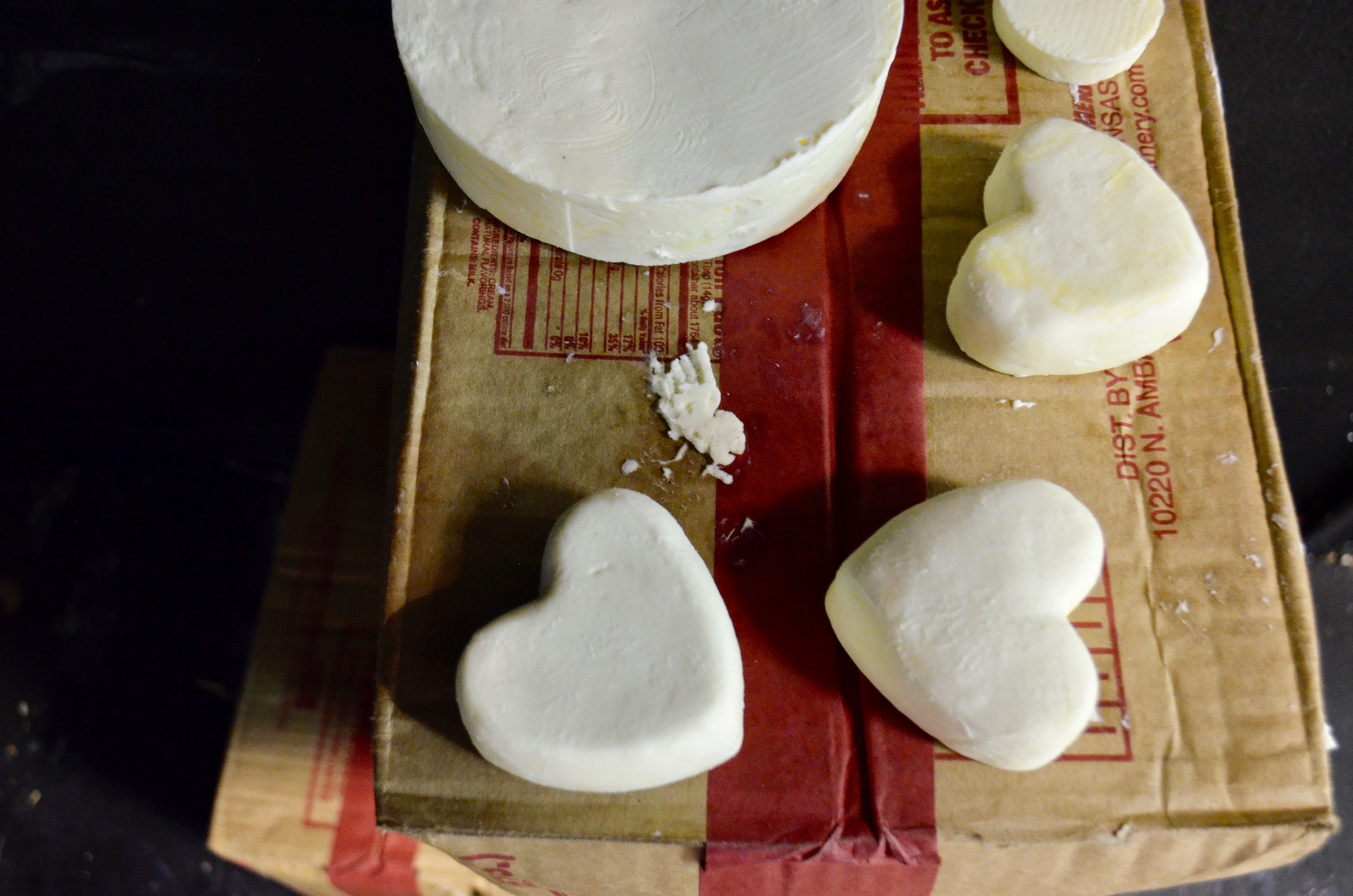A few years ago, for an article in a magazine that no longer exists, I went to Des Moines, Iowa, to meet the woman responsible for the world’s most famous butter sculpture.
Des Moines was lovely. The people were friendly. Sarah Pratt, a gifted artist who has been sculpting the Iowa State Fair’s legendary butter cow for years and who spent years before that apprenticing under the previous “Butter Cow Lady,” was generous with her time and with her knowledge of a craft that I find fascinating.
Pratt sometimes taught classes on butter sculpture, and I recall being struck by the realization that there wasn’t much of anything at all stopping you or I from making a butter sculpture ourselves. We may have to work on a comparatively limited scale — the Iowa State Fair butter cow is made every year from 600 pounds of dairy. But with a stick of butter and a working freezer at home, anyone can become a butter sculptor.
So I was tickled to learn this week that the State Fair of Texas has added a “mini butter sculpture” competition to its usual lineup of creative arts contests. Registration is open until July 26. Entries must be limited to one pound of butter or less and submitted in a plastic container with your information on it. The winners will be displayed in a refrigerated case during the State Fair’s run, presumably near the professionally done butter sculpture you can usually expect to find in the Creative Arts Building. (While less storied than Iowa’s butter cow or Minnesota’s dairy princesses, artists have churned out some neat work at the State Fair of Texas over the years.)
Opening up butter sculpture to amateur competition is a nice democratic gesture in keeping with the American tradition of food art. People have been playing with their food for centuries. Edible sculptures weren’t uncommon at royal banquets in the Middle Ages, when feudal lords reaped most of what was sown by agricultural workers. But Americans put an egalitarian spin on the form, writes Pamela H. Simpson in her book, Corn Palaces and Butter Queens. “[Food art] may have begun on the tables of the wealthy and powerful, but its audiences democratically expanded at local festivals, state fairs, and international expositions” in the late 19th and early 20th centuries, she writes.
A growing country was showing off and trying to explain its westward expansion to itself: Our Midwestern bread basket runneth over, surely we are blessed in cultivating this land, the thinking partly went. Look! We have so much food we can turn the surplus into art. The original “icons of abundance,” as Simpson calls them, were a product of the times:
“…butter sculptures evoked feelings of awe and wonder, in part, because the structures were so imaginative even as the materials were so commonplace. The art was accessible and popular; it spoke not only to the familiar but also to the profound. The display of such riches marked the triumph of the Industrial Revolution and a shift from a world of scarcity to one of surplus. The fairs and festivals seemed to declare America a place so fertile that it could feed the world. At the same time, the local farmers could take part in the production of an art form derived from both the literal fruits of their labor and their communities’ shared values.”
Those shared values have changed over the years. What once scanned as abundance seems wasteful in a country where thousands of people line up at food banks and millions more live in food deserts. (Most of the butter for the Iowa fair’s butter cow is now saved and reused every year.) The manifest destiny American fairgoers commemorated in the 19th century was a myth used to justify horrific violence against the people who already called this land home.
The butter sculptures we make now should reflect different principles. The State Fair of Texas of 2021 is not the State Fair of Texas of 100 years ago. Thank God for that.
Yet much of what made butter sculptures so remarkable then remains true today. This art is still “accessible and popular,” as you can tell from the crowd every year at the fair’s refrigerated display booth. Look into the soulful eyes of a Jersey cow, rendered in butter, and you’ll witness something as “familiar and profound” as the wild animals of the Chauvet cave paintings. Dismiss it as kitsch if you want, but butter sculptures are part of a long creative tradition.
A few years ago, when I spoke with Pratt, the Iowa State Fair’s butter sculptor, she told me she talks with her classes about the ephemerality of their medium. Almost as soon as a butter sculpture is finished, it’s gone. I’m going to borrow the rest of what she said from the article I wrote back then, which has already vanished from the internet, will vanish again when in a few years I lose my copy of this issue of a vanished magazine, and whose echo will vanish whenever the link to this web page you’re on right now someday goes dead.
“We talk about resiliency and the act of being able to let something go,” she said. “It’s not going to be permanent. That’s the nature of our butter sculptures. We build them, and the next day we tear them down, and we build something else.”
The Tibetan Buddhists who sculpt art from yak butter would be familiar with this idea of impermanence. Even our traditions must evolve and change to keep their vitality.
What will remain of the mini butter sculptures we will make and submit and, if we’re lucky, get displayed in the Creative Arts Building of the State Fair of Texas? Nothing, in the long run. That’s OK. Let them melt. Or, better, take the same butter and build something new.





